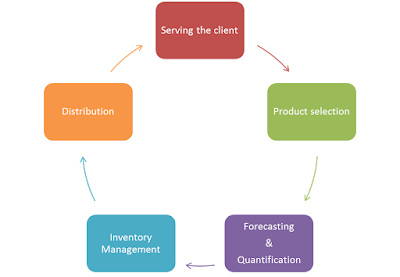Changing a reactive training/learning unit or department (Part 2)
It's part 2 of our
reactive training or learning department series. What is that one step we need
to take to transform a reactive training unit to a proactive
one? Well it is one step at a step. I don't want to use complex English
words like business process re-engineering. The first step is to recognize the need to
change.
If you think you
are doing a great job;you probably think that you do not need change. If you
also conduct loads of training, you probably would think you are doing a lot of
work. What is most important is to see how the learning affects the business
results. Are the trainings on offer really making a positive change that
affects the business results/goals? Are we just responding to requests or
critically analyzing what is the most effective solutions to the performance
problem(s)? Training only responds to knowledge and skills.
What is the one
question on your mind right now? What am I suppose to do I suppose? Here is one
question that will help:
Aside from evaluation sheets, what other ways do you
capture the impact of training or learning activities?
- If the answer is
"none", then you would need a serious change
- If the answer is "we
do have one more but it is not measurable", then you need a
serious change
- If the answer is "we
do not capture at all", you need serious change
- If the answer is "we
do have evaluation sheets but it means nothing", you need serious change
*When I mean
change, I mean you need to be more proactive.
Note: Training
versus learning
The fundamental difference between training and learning and development is
that the later takes a multi-dimensional approach to human resource development
(HRD). Training, on the other hand, is one-dimensional and based essentially on
what has been referred to as the 'production-centred' approach.
https://www.trainingjournal.com/blog/what-difference-between-training-and-learning-and-development-0


Comments
Post a Comment